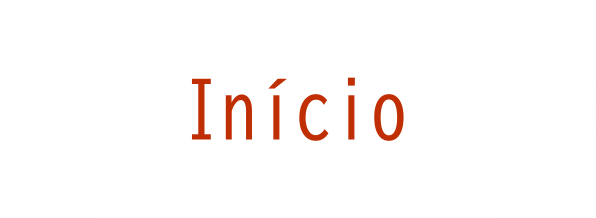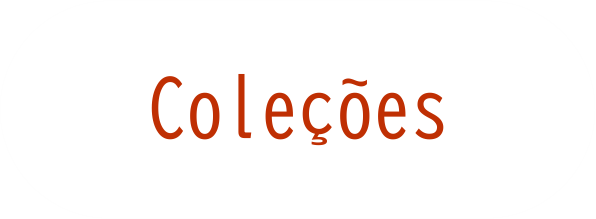Electronic transmission of epidemiologic data and monitoring of the chikungunya virus epidemic in Reunion Island, 2006
Autor(es): Solet Jean-Louis, Camugli Jean-Pierre, Laval Michel, Israel Daniel, Balleydier Elsa, Filleul Laurent, Kermarec Florence, Renault Philippe, Pierre Vincent
Resumo: When the first cases of the 2005-2006 chikungunya epidemic struck Reunion Isl-, local health authorities set up an isl--wide operational epidemiologic surveillance system for these infections. This system relied on vector control teams, which conducted active case-finding around the reported cases, - on a sentinel physician network. In addition, in March 2006, the Sephira - Reunion-Telecom companies, in partnership with the Reunion-Mayotte interregional epidemiology bureau (CIRE), developed an innovative system of epidemiologic monitoring by electronic data transmission. This system relied on the participation of volunteer physicians who transmitted epidemiologic data through the data terminals used for the transmission of electronic treatment forms to the health insurance funds. Using the patient's insurance identification card, each physician provided information about consultations related to chikungunya. This information was transmitted, via the Sephira server in France to Reunion-Telecom, which processed, aggregated - transmitted these data weekly to the CIRE. This network was separate from - independent of the sentinel physician network, In all, 44 physicians, accounting for 6% of the general practitioners in Reunion, participated in this system, which went into operation during week 14 of 2006. The data collected allowed an assessment of the trends in the epidemic incidence rate by calculating the percentage of consultations related to chikungunya among all consultations (office visits - house calls). For weeks 14-26 of 2006, when the epidemic transmission had spread across the entire isl-, the Reunion-Telecom health network data proved to be closely correlated with the results of the sentinel physician network surveillance system used to monitor the epidemic trends (correlation coefficient=0.97). The system provided very encouraging results in monitoring disease time trends in a period of massive epidemic. Its simplicity of use - the speed of data transmission are undeniable assets for its future development. Because it offers the possibility of monitoring other diseases with epidemic potential, such as dengue - influenza, it opens new prospects for infectious disease surveillance.
Imprenta: La Presse Me?dicale, v. 37, n. 4, Pt 1, p. 593-599, 2008
Identificador do Objeto Digital: 10.1016/j.lpm.2007.12.006
Descritores: Chikungunya virus - Infectious diseases; Chikungunya virus - Viral infections; Chikungunya Virus - Virus; Chikungunya virus - Transmission; Chikungunya virus - Dengue; Chikungunya virus - Epidemic; Chikungunya virus - Epidemiology; Chikungunya virus - Public health
Data de Publicação: 2008








